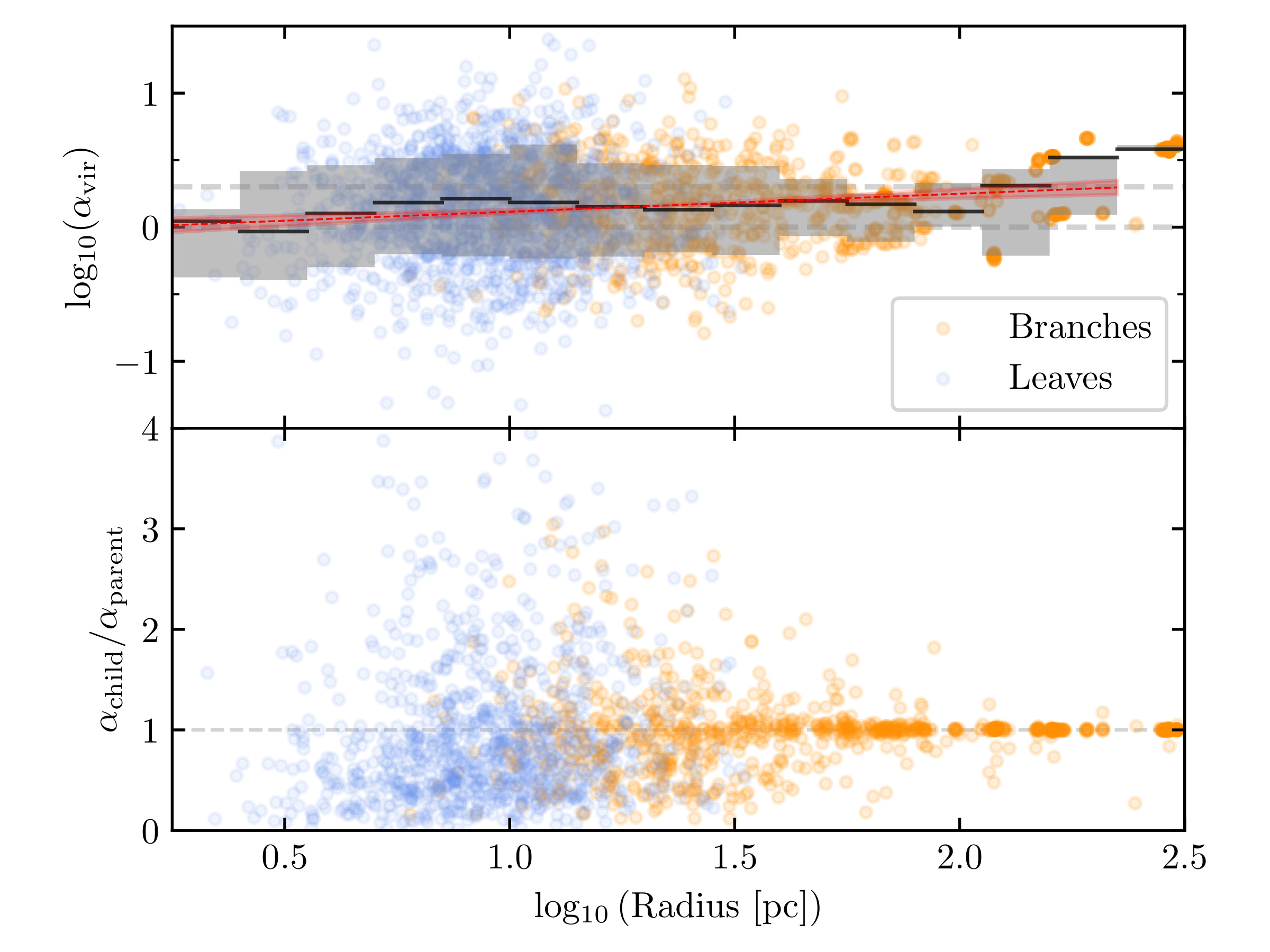The NGC 253 zoom field
- Data: 12m + 7m + TP ALMA 12CO(2−1)
- Field: 1.4 × 1.4 kpc2
- Spatial resolution: 0.4'' ~ 7 pc
- Velocity resolution: 1 km/s
- Completeness: ~ 104 solar masses
Are giant molecular clouds real?
Stars form from gravitationally bound, collapsing molecular gas in the interstellar medium. On larger scales of 10–100 pc, clumps of gas known as giant molecular clouds swirl, form, and disperse under the influence of gravity, stellar feedback, and galactic dynamics. However, whether these structures are well-defined or gravitationally coherent is unclear. With an unprecedented combination of resolution and size offered by the NGC 253 zoom field, we seek to answer: Is there a physical scale at which cloud-like structures emerge from the dynamic, hierarchical ISM?


